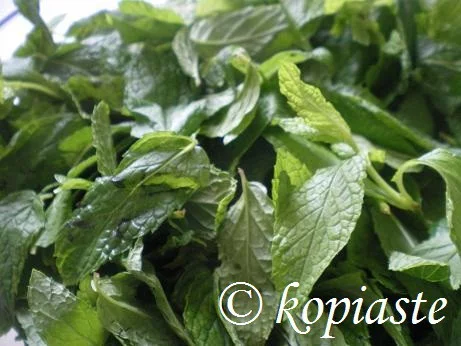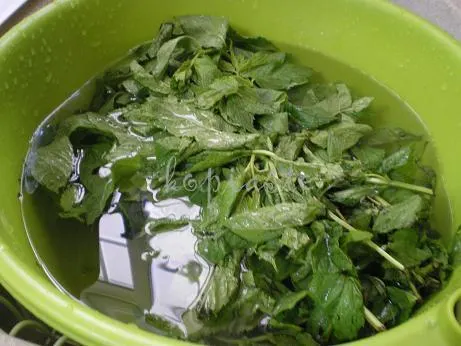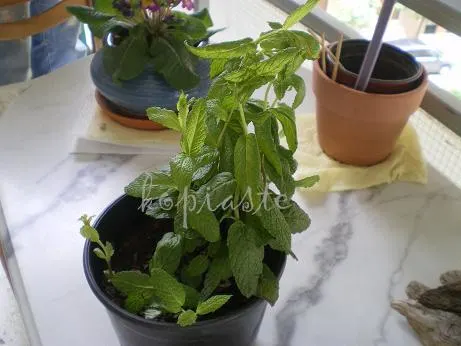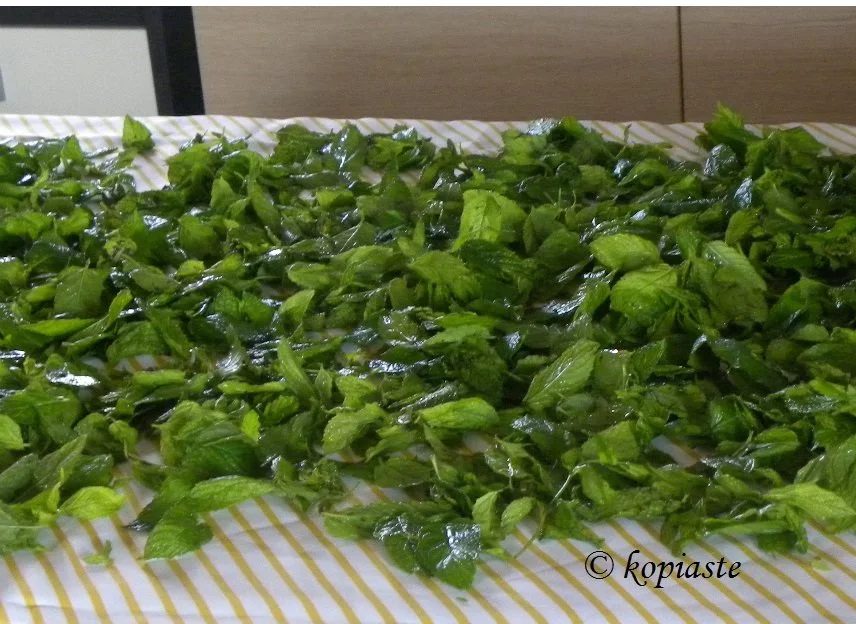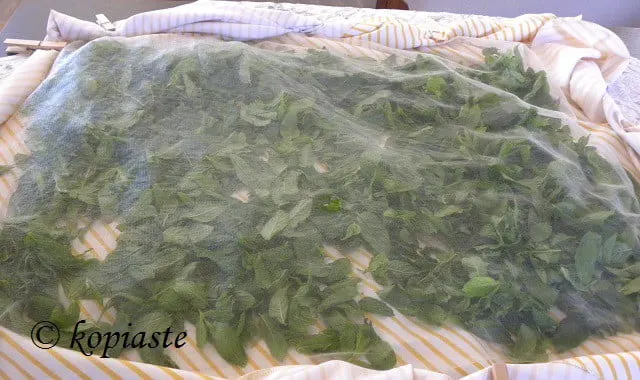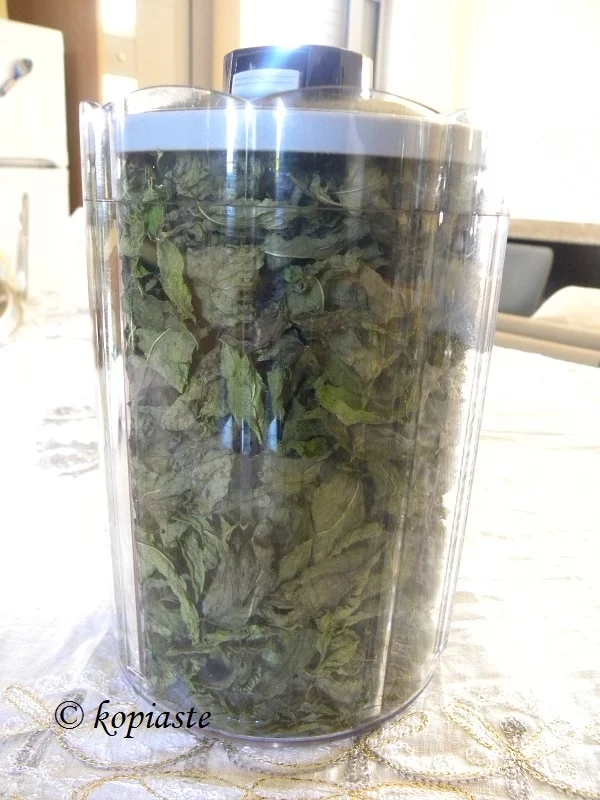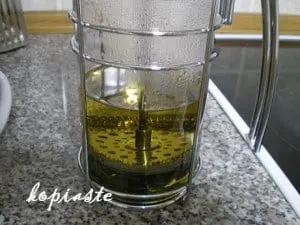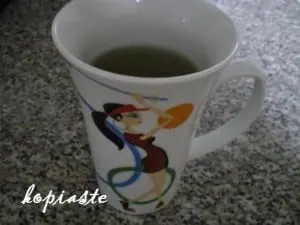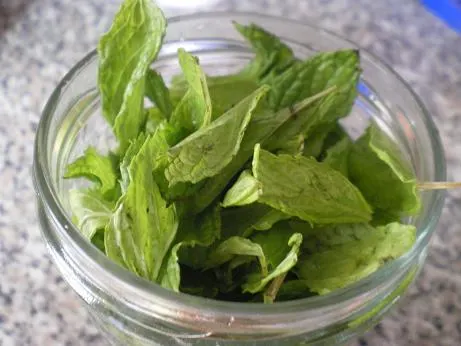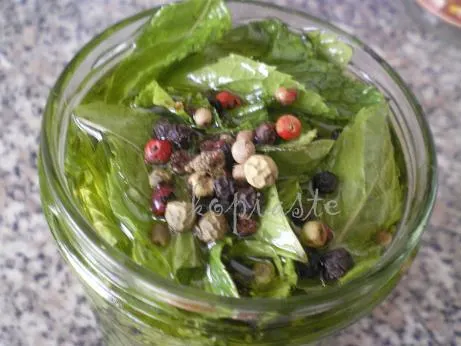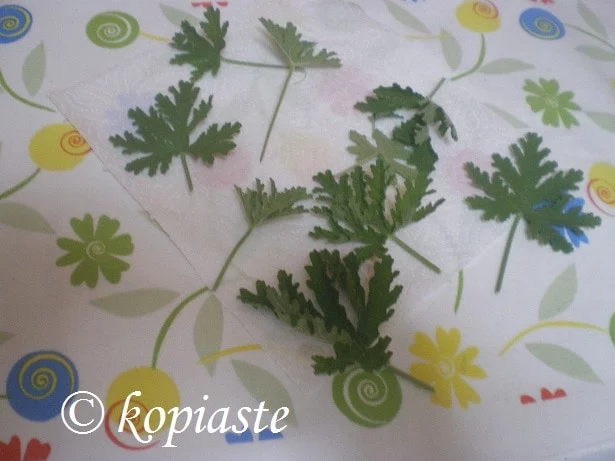Μint is a herbaceous rhizomatous perennial plant native to all temperate climates. Spearmint leaves can be used fresh, dried, or frozen. They can also be preserved in salt, sugar, sugar syrup, alcohol, or oil. The leaves lose their aromatic appeal after the plant flowers. It can be dried by cutting just before, or right (at peak) as the flowers open, about 1/2 to 3/4 the way down the stalk (leaving smaller shoots room to grow). There is some dispute as to what drying method works best; some prefer different materials (such as plastic or cloth) and different lighting conditions (such as darkness or sunlight).
There are many Greek species, such as Mentha pubescens, Mentha rotundifolia, which is characterized by its round leaves, wild mint, Mentha spicata syn. Mentha viridis, Mentha Piperita (peppermint), Mentha aquatica, etc.
It takes its name from Latin “mentha” which comes from the Greek word “minthi = μίνθη” also referred to as edyosmos = ηδύοσμος. It is known since antiquity and and is still being used as a flavour in cooking, to make drinks and its essential oils, for medicinal and cosmetic purposes. Ancient Greeks would rub the table with mint before dining and they also used it to scent the water before they bathed. During the 6th century it first appears in pastes used to clean their teeth. It was also used as a repellent for mice, as they noticed that they hated its smell. Hippocrates and Galen used mint against indigestion, nervous disorders, dizziness, insomnia, gastritis, coughs, colds, sore throats and as antispasmodic.
Source: Translated from Wikipedia, in Greek
Store bought dried herbs smell like s&&t. You will only know the difference if you dry and preserve your own herbs.
If you do not grow your own mint, buy some when it is still fresh and cheap.
Wash and keep only the leaves.
After draining, place them on a cotton napkin or on a table cloth. If you live in the countryside and there are flies, cover the mint leaves with tulle. Opening windows and doors to make a draft during hot weather may blow the leaves away. So for protection against insects or wind, cover it on top and secure the tablecloth and tulle with safety pins or even pegs.
Leave it for 2 – 3 days to dry, inside the house, never in the sun. Once or twice a day remove the peg or safety pin and put your hand inside and just mix it up.
You will know when it is ready when it can be crumbed when you press it with your thumb and forefinger.
When it has dried store in jars with lid in a dark cool place.
Dried mint is perfect for flavouring a lot of food but it also lovely as a hot drink, like a cup of tea. It is perfect for sore throats and for soothing the stomach and it’s amazing how older generations knew about this from mouth to mouth. My mother was not educated but she knew what herbs to give us when we were not feeling well. However, its flavour is so good you don’t need to be sick to have a cup during cold winter days.
Mint Tea,
Ingredients:
I cup of water
1 tablespoon dried mint
sugar (optional)
Directions
Boil water and mint together. Let it steep for a few minutes. Drain in a cup. Add sugar or honey if you don’t drink it plain.
Preserving mint in olive oil
Fill a clean jar with washed and dried leaves. Cover with olive oil. If you like you can flavour the oil with some peppercorns or any other spice you like. Seal with the lid and store in the cupboard.
Use the preserved leaves in recipes which require mint.
When the leaves are consumed, use the oil to flavour your food or salads.
Although this post started as a post for instructions on how to dry and preserve mint, the same method can be used to dry and preserve other herbs like oregano, parsley, dill, lavender, sage, basil, rosemary etc.
Peppermint or Mentha Piperita:
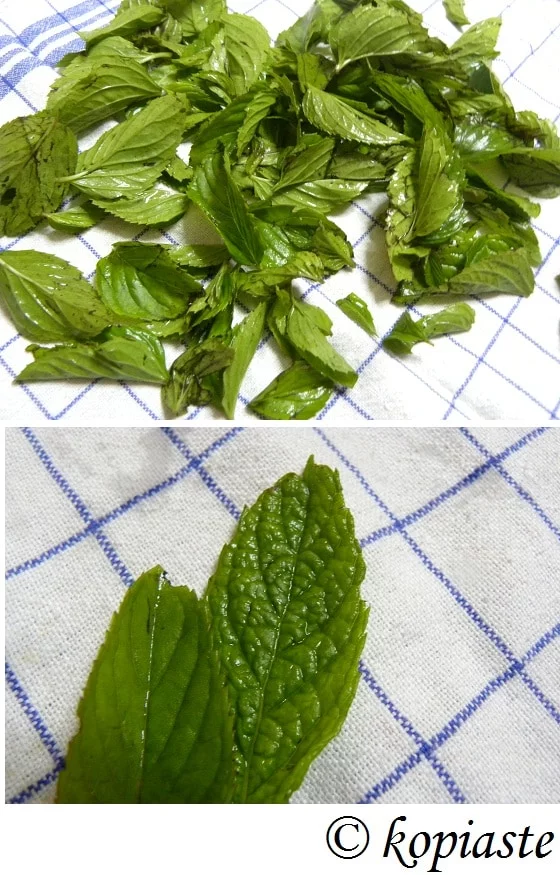
Learn more about Mentha piperita (peppermint).
Drying arbaroriza / kiouli (Scented Geraniums – Pelargonium graveolens). Read more here.
Kopiaste and Kali Orexi,

